The Different Types Of Blister Packaging
.jpg)
Have you been thinking about the expansion of blister packaging? Yes, it has become a pertinent choice over the years, especially for pharmaceutical and hardware accessories. The blister packaging industry is about to witness growth at a CAGR of 7.4% from 2024 to 2030.
A thermoformed blister pack comprises aluminum or a plastic sheet. Such as PVC, polyvinyl chloride, or PET, which is then heated and molded into 3-dimensional styles.
You will have peace of mind when your products get careful placement in blister cavities/compartments covered with film of aluminum or plastic. There can be a covering film that can be perforated or pre-cut to make it easier for consumers to open the blister pack. We at Print247 have the exclusive blister packaging boxes for your products, so these can be stored safely.
The blister packaging and clamshell packaging are quite the same, as these are preformed plastic packaging that's used primarily for medical and pharmaceutical devices, small consumer products, and other items. The two components are the formable web (usually plastic) and the seal made of aluminum foil, corrugated, or plastic.
The custom blister pack is designed according to the unique shape of your product. Custom blister packs have try-me options, die cuts, and different shapes. They are made with molds created for your product. Custom printing is available on the lid stock of most blisters. This gives them a distinctive look and allows you to communicate vital information to your end-user.
How is Blister Cavity Sealed?
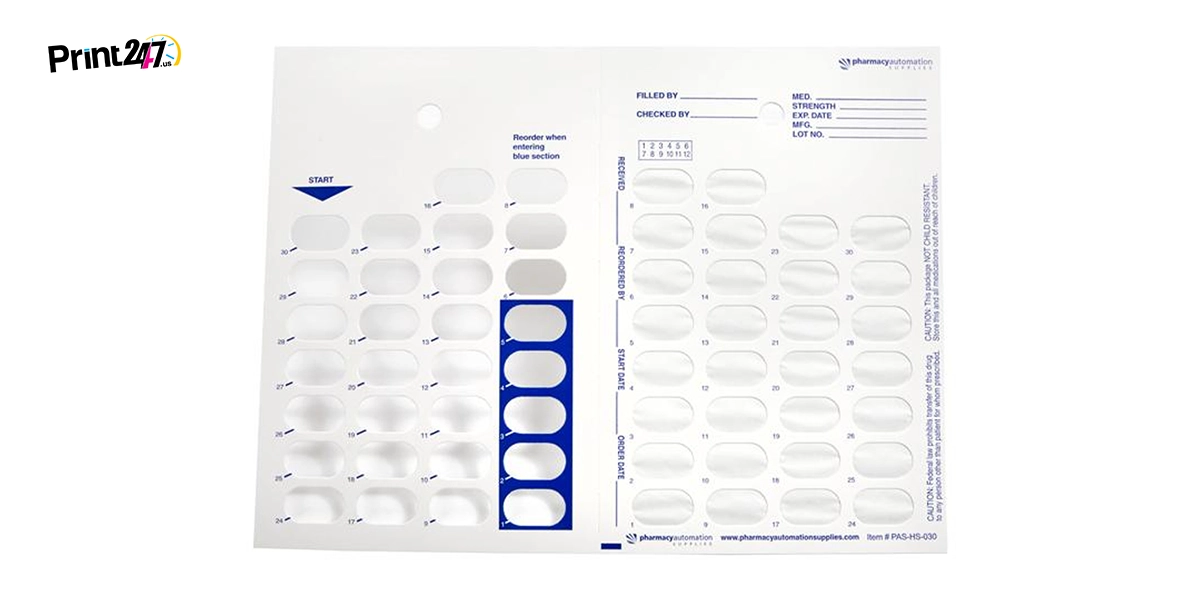
The term "blister" is used to describe any packaging design that consists of plastic pre-formed and attached to the backing, or that can be folded together into a seal. The blister card packaging is deemed to be mostly used for packaging smaller items, as it is widely popular in pharmaceuticals, electronics and food. It is a popular form of packaging in many industries. From pharmaceuticals to consumer products, this type of packaging can be used to store goods securely. There is a global rise in the blister market, and it is set for more significant expansion as the market value is expected to reach 38.8 billion dollars by 2035.
In a pocket or cavity formed of a flexible material such as thermoformed plastic. A backing made from paperboard, aluminum foil, or plastic is used to seal the cavity. The pockets are sealed to protect against external factors such as moisture, contamination and air.
The Different Types Of Blister Packaging
People often think of the blister pack when they see plastic packaging with cavities and foil sealing. This is the kind of container that allergy medication or flea-and-tick medicine for comes in. These plastic blister packs are made from a variety of materials and can take on different packaging forms.
These are some of the most popular types of blisters used in today's market:
Blister packs with a Face Seal
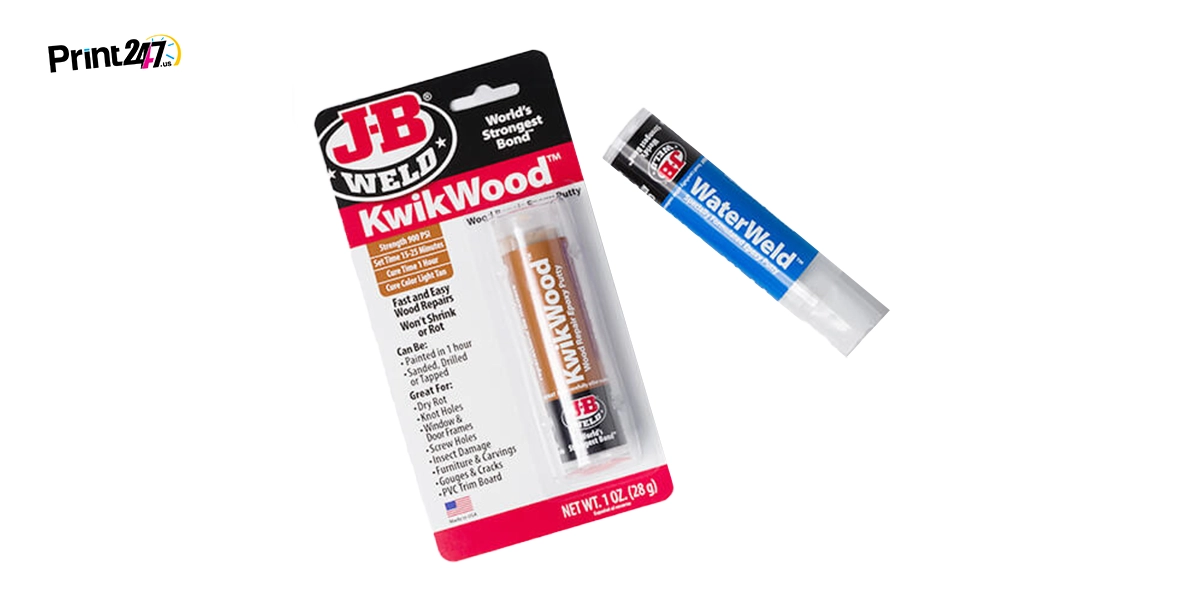
Face-seal packaging is the least expensive option for blister packs. The blister packs have a front made of plastic, with the edges sealed over the cardboard to form the back. It is possible to customize the cavity so that it fits around whatever product you are using, be it a stick of lip balm or pens and other cheap items.
Full-Face Blister packaging

With a Full-face seal, the edges. The full-face seal is the same as the face seal, but the edges of the plastic are wrapped along the side of the paperboard. They are then sealed on the back. It adds an extra layer of security and is a great idea for more expensive items.
Fold Over Blister Card
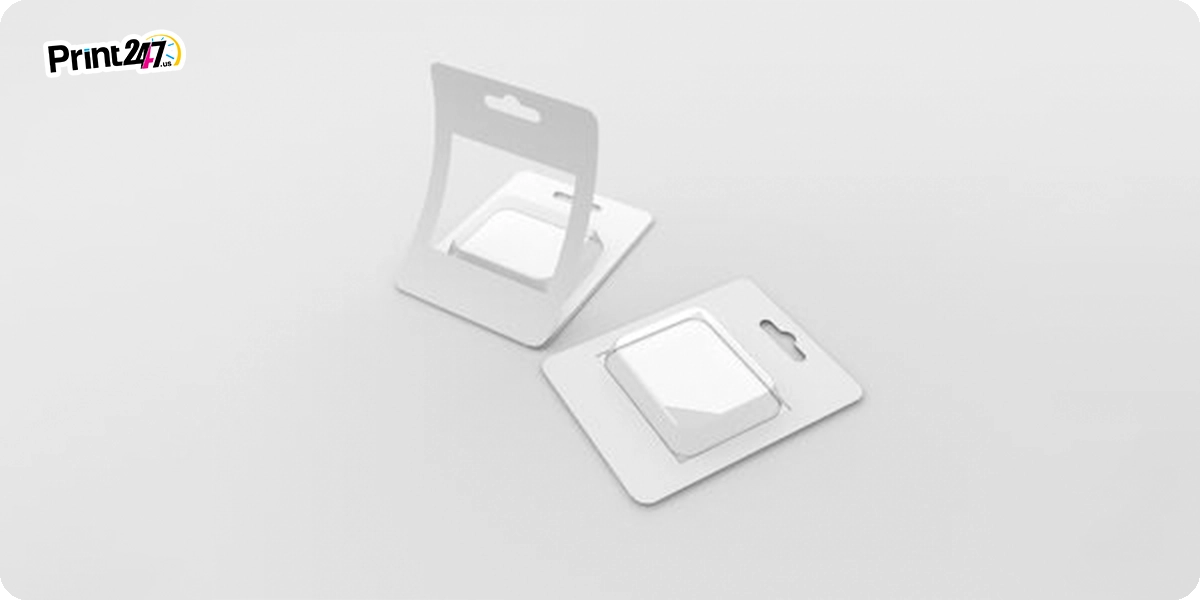
Fold-over blister cards use a hinged folded card to allow for maximum color printing on both the front as well as back of the package. Instead of two cards, hinged cards can be designed with a hole cut in the front for a blister, creating a sealed blister package.
ThermoFormed Blister Packaging

When its about the thermoformed blister packs, it is important to ensure that the plastic gets heated unless it is pliable. You can further mold in order to create a blister that is unbreakable. You can get it heat-sealed with plastic and aluminum as well.
Double Trapped Blister
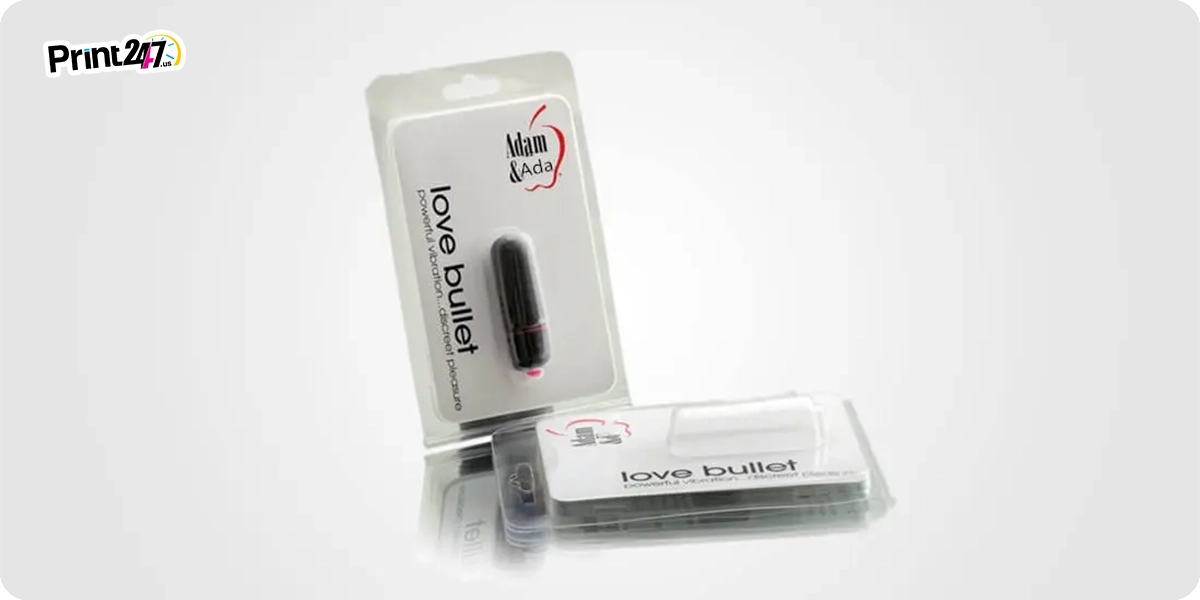
With the double-trapped blister package,, you will be able to see both ends of the product, the back and front of each product. One blister is visible through the card on the front, and the other through the card on the back.
All-Paper Blister
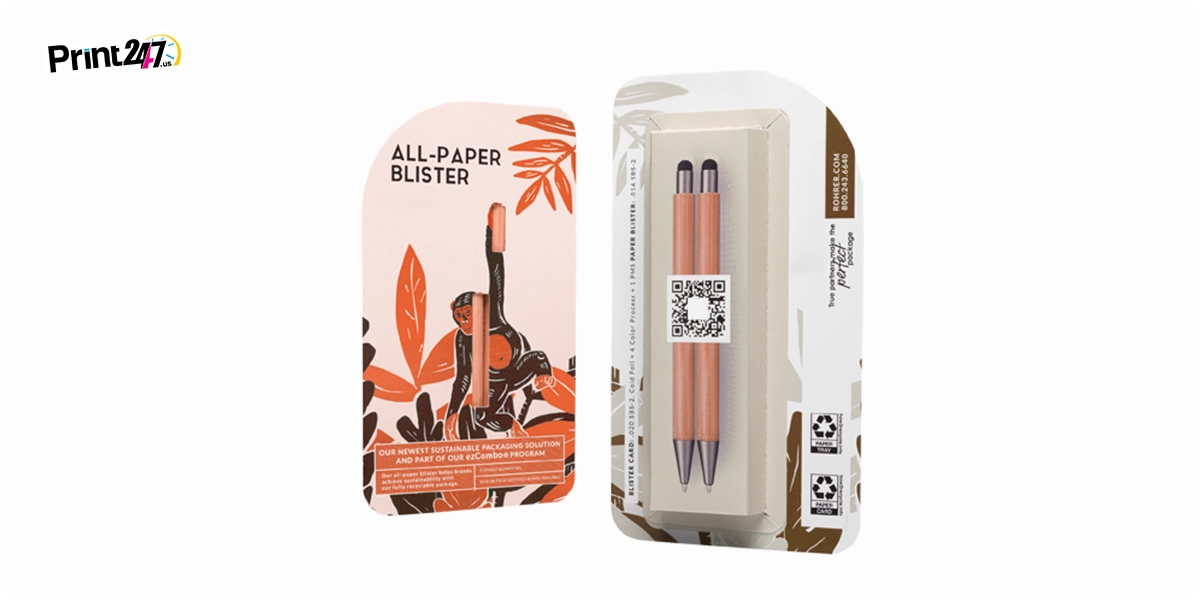
The entire package is made of paper, including the blister. This allows for more surface area to be used for printing in full color. A paper-only blister package may be more recyclable than the traditional blister packaging. It is intrinsic to note that this kind of blister packaging is more eco-friendly.
There can be tear notch patterns for sealed blisters, and child-resistant caps are a regulatory measure by bodies such as the FDA and abide by the Consumer Product Safety Commission.
Cold Form Packs
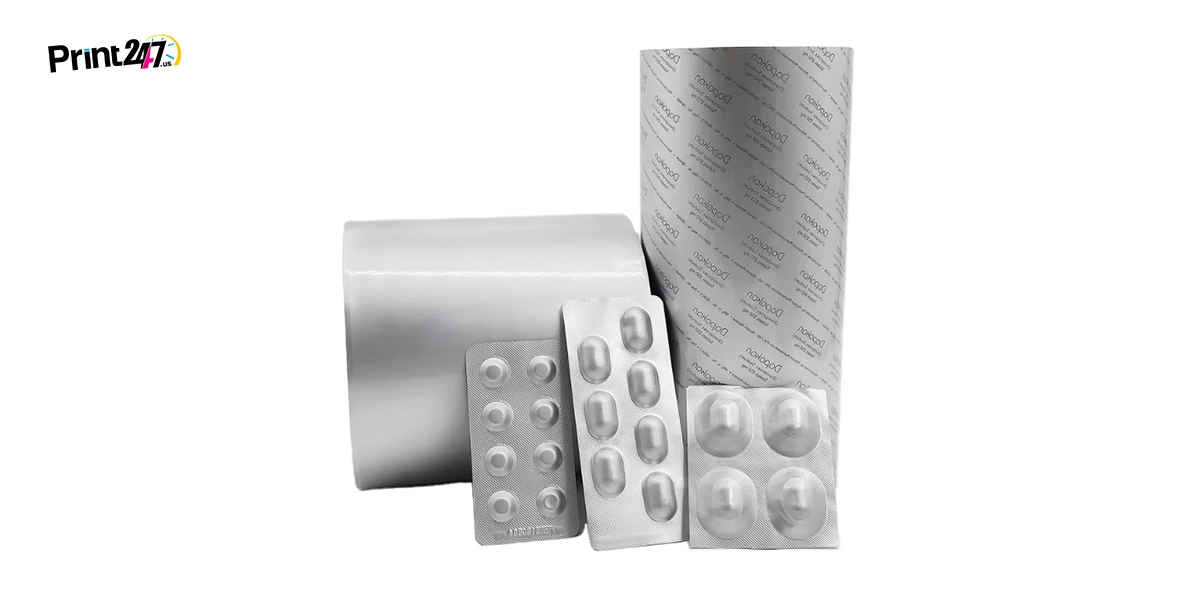
Aluminum is utilized as the material for the base. The idea is to protect against foreign elements. The top layer is PVC or other types of durable plastics, which offer impeccable protection and also help to prevent temperature issues. These also ensure that certain weather temperatures won't affect your things much.
Clamshell Refers to Blister Packaging As Well
When we discuss it technically, it is a form of blister packaging. These are named interchangeably and are best known for their exquisite shape. These are hinged plastic halves resembling the shape of a clamshell. Get to know more about Blister card packaging design ideas by reading our blog, and get to know how useful and attractive clamshell packaging can be.
Clamshell packaging might seem quite different than blister packaging. In reality, it is just another form of blister packing. The blister packs have a single shell and cavity attached to a card, while this type of packaging has two hinged shells. These are very tamper-resistant and come in tri-fold or custom-designed packages.
How Blister Packaging Takes The Lead?

The 'blister packaging' is produced by molding a plastic sheet into a shape that forms a pocket or bubble. The traditional face-seal blister has a back made of cardboard.
Reliable blister packaging is made of the exceptional blister cavities in Amorphous polyethylene terephthalate known as PET-A and PET-G (Glycol-Modified Polyethylene Terephthalate and several blister materials can be chosen as per the product specifications. Blister packaging materials are durable and also provide a clear display for your customers. These can form such standard shapes for tablets and unusual ones for covering products, even that in not uniformly shaped.
Blister packs are commonly used to package products such as:
- Electronic goods (e.g. USB drives, cables, headphones) USB drives, cables, headphones)
- You can also find out more about
- Stationery is a wide range of items (e.g. pens, paper clips, drawing pins, and so on). Stationery (e.g. pens, pencils, paper clips and superglue).
- Batteries
- Brushes, dental floss and other products
- Screws, nails, nuts and bolts (e.g. Screws, nails and nuts
- Tablets and capsules
- Products with fragile parts
- Products that can break easily (e.g. Printer ink cartridges
The main purpose of blister packaging is to protect the product. Blister packaging is a great option for products that have vulnerable parts, it is an excellent way to protect items from harm and damage.
Medicines can be stored in blister packs as they keep your product free from contamination while keeping it clean and free from germs. Also, they are tamper-proof if someone tampered (e.g., if someone has removed the tablets, you can see it clearly through a crack in the package.
Face seal blister
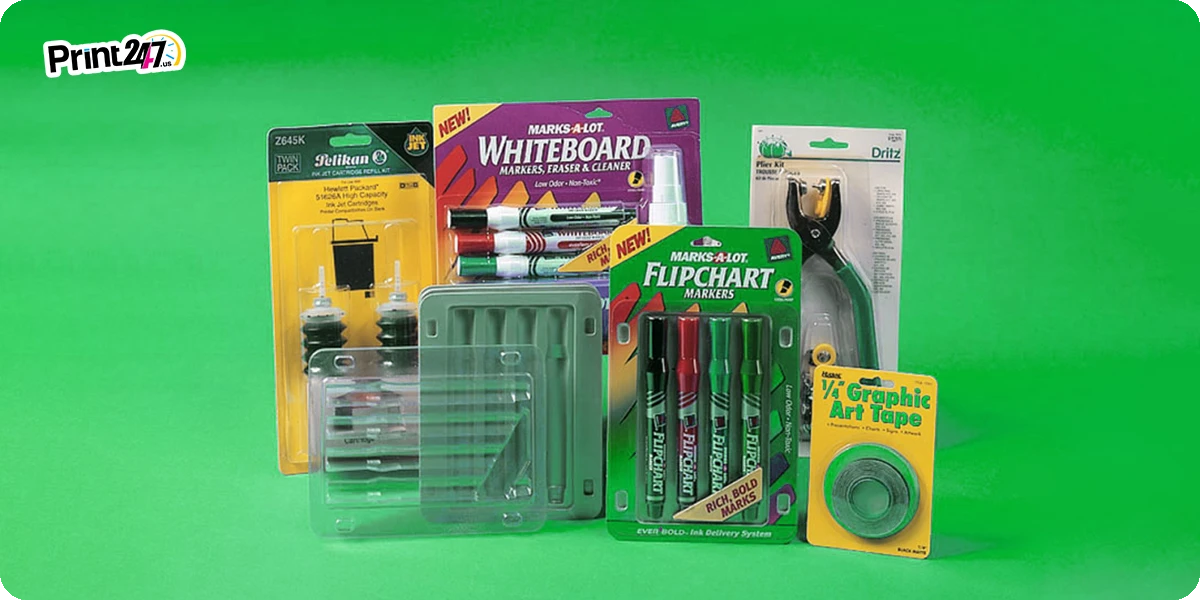
Plastic blisters are moulded to the shape of the product, and then heat-sealed onto a backing cardboard. The packaging of this type is relatively inexpensive, so it is used primarily for large-volume products.
Full Blister

Blister covers the whole product, including the backing card. Plastic is heat-sealed onto the card, or it can be slid over additional pieces of plastic on either side. The packaging can be made stronger and more attractive by using this type of packaging. Plastic surrounds not just the card, but the whole product. The plastic can be heat-sealed to the card in this case, or it may have been inserted through extra plastic pieces at each end.
It resembles the card but doesn’t contain the face seal. The blister is not heat-sealed to the card but has wrap-around flanges. The card is sometimes stapled and sometimes slid into position.
Trapped blister
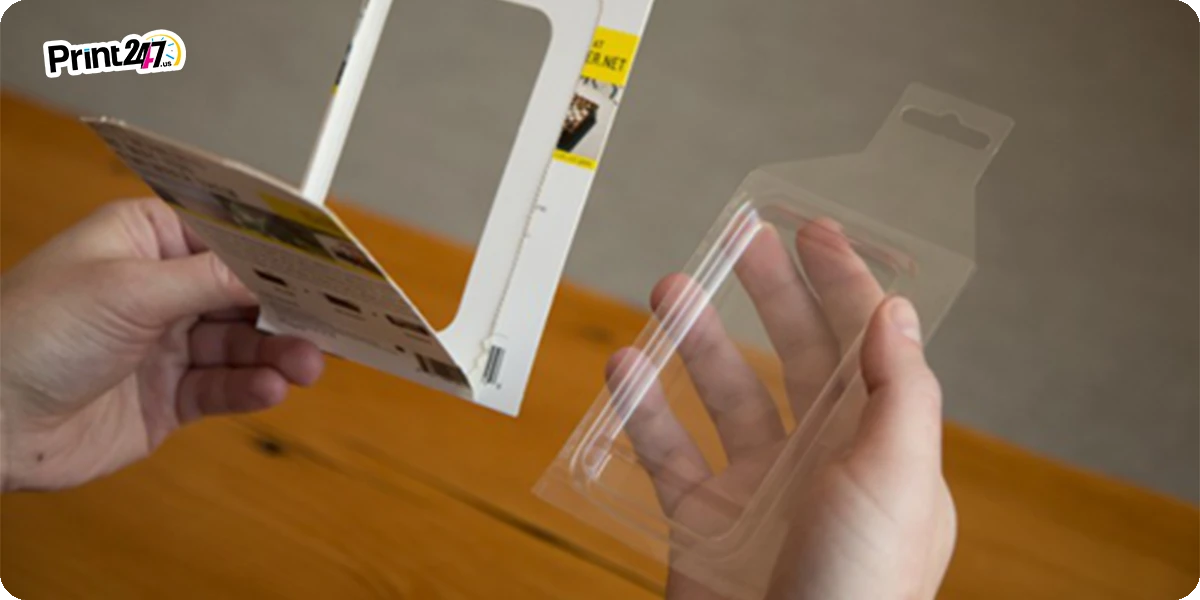
The trapped blister looks almost identical to a standard blister, but it has a piece of cardboard that is shaped around the shape and size of the blister. It is trapped in between two cardboard pieces. Two cards are sealed with the plastic between them, where die-cut openings on the card front.
This type of packaging encases the product in plastic and seals the plastic with two sheets of paperboard. The type of packaging mimics the style design of a memory card and comes sealed. This packaging is more durable and offers more options for design. It also discourages the tampering of products
Die-cutting the top card to the size of the blister is done. This type of blister packaging is cheaper than other methods because it does not use heat sealing. It is more difficult to tamper with, as the cardboard on the front becomes visible if it has been damaged. This also makes it look better, as the cardboard covers up the plastic.
How Clamshell Packaging Differs?
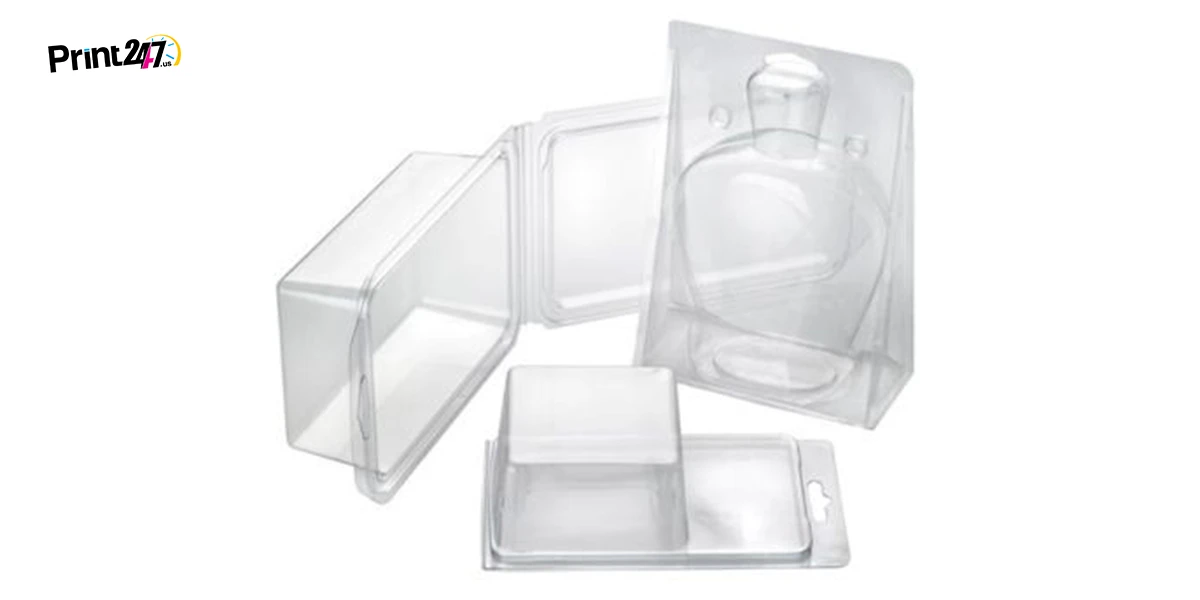
Two sides of a hinged blister that fold together into a container. Below is a detailed explanation of clamshell packaging. Clamshell packaging is also known as clampacks or clam packages. It's a form of blister packaging.
Clamshell packaging does not have a back made of cardboard, unlike a standard blister pack. It has a back made of plastic that is attached to the front, at either the bottom or side. Some are designed to stand on shelves in shops, while other versions have a loop for hanging from racks. Some versions have a snap-close button, while others are heat-sealed. It can have the same size on both the front and back or it can vary in shape and size depending on what is inside.
For Which Products Clamshell Suitable?
The same protection is provided by clam packaging as it would be in any blister package. However, clam packaging works better for items that don't fit into a standard blister or sets with multiple parts. As an example:
- Small Tool Sets
- Lightbulbs sets
- Gift sets
- Cosmetic sets
Visual Impact
Packaging that is designed to make a visual impact helps the product stand out. Blister packs are often more attractive than boxes.
Protective
The blister packs protect the product and help keep it clean. The blister packs also reveal when the packaging is tampered with (unlike boxes, where someone could open or close it without showing).
Harder To Steal
Blister packages, especially clamshells, are made with unusual shapes that make them more difficult to hide. Many supermarkets are interested in this because shoplifting has become a major problem.
Light Weight
The packaging of blisters and clamshells is lightweight, which reduces the transport cost. Clam packaging is easy to recycle, as it is made entirely of plastic.
Track Consumption
It is easier to follow medication routines if the packaging has been marked with a number or a list of days for each pocket that holds a pill or tablet. This helps to keep track of how many pills you've consumed, as opposed to bottles.
Successful blister packaging ensures that products are protected from contaminants, UV light, and oxygen. It is easy to integrate an automated blister packaging machine with your current packaging process.
The Blister Packaging manufacturers create high-quality packaging using aluminum foil or polycarbonate. The seal is then sealed with a layer of aluminum foil or plastic. This protects the drug from environmental elements while retaining the medicinal qualities.
Last Thoughts
It is pivotal to note that the pharmaceutical industry follows stringent rules and regulations. The blister packaging has several types, and each is safe and robust. The types of blister packaging also explain each type and its uses. Blister packaging is now widely adopted beyond the pharma industry as well for hardware, accessories, and storing fragile items. At Print247, we make sturdier blister packaging for your brand.































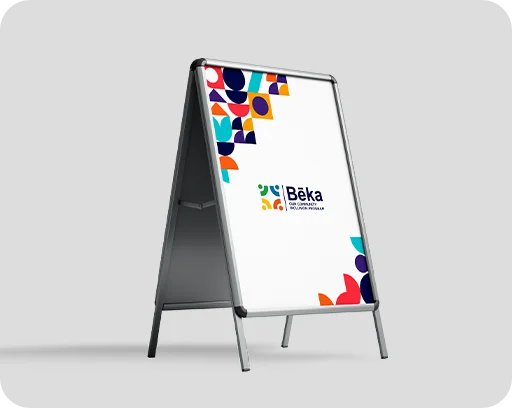


















.jpg)
.jpg)
.jpg)